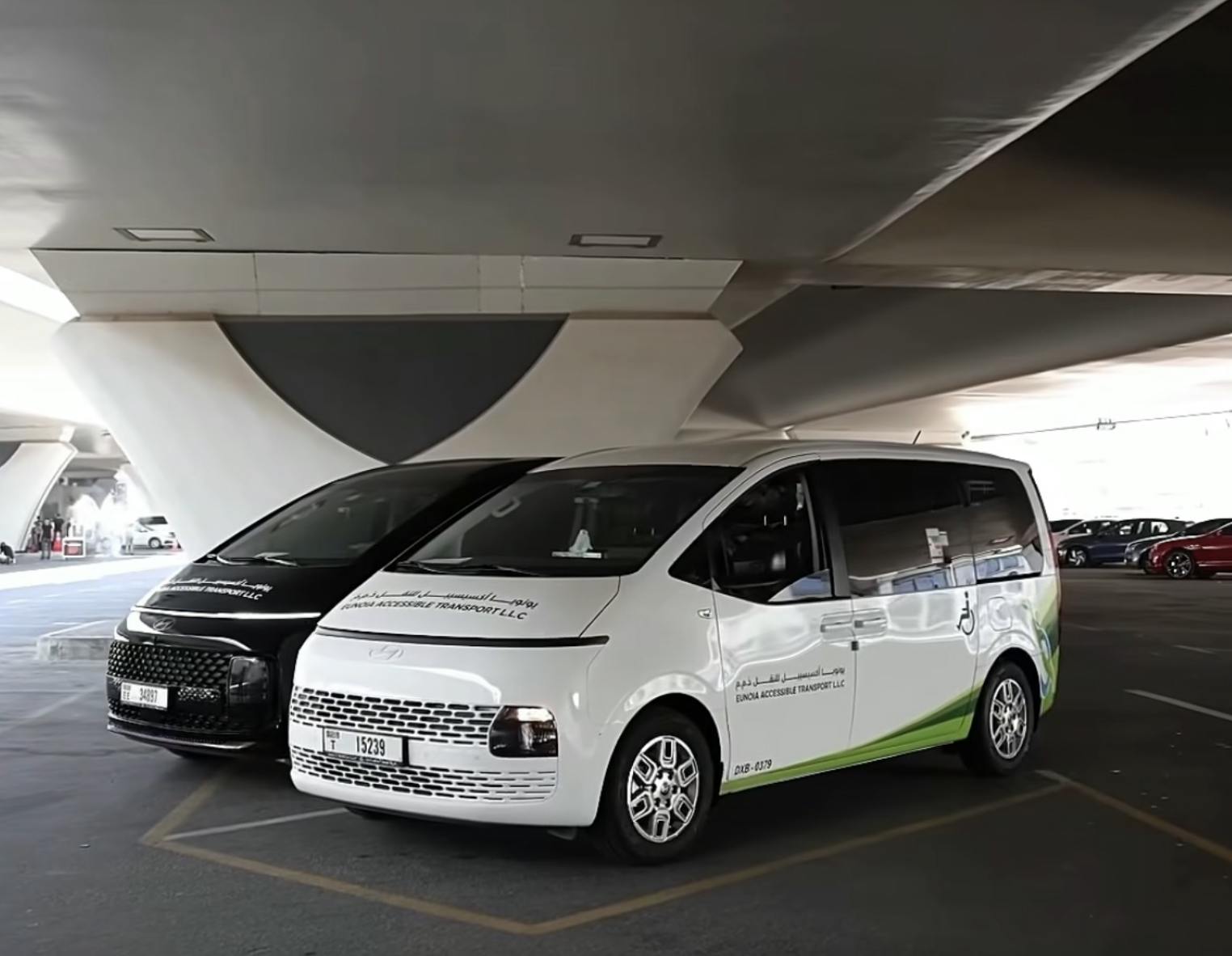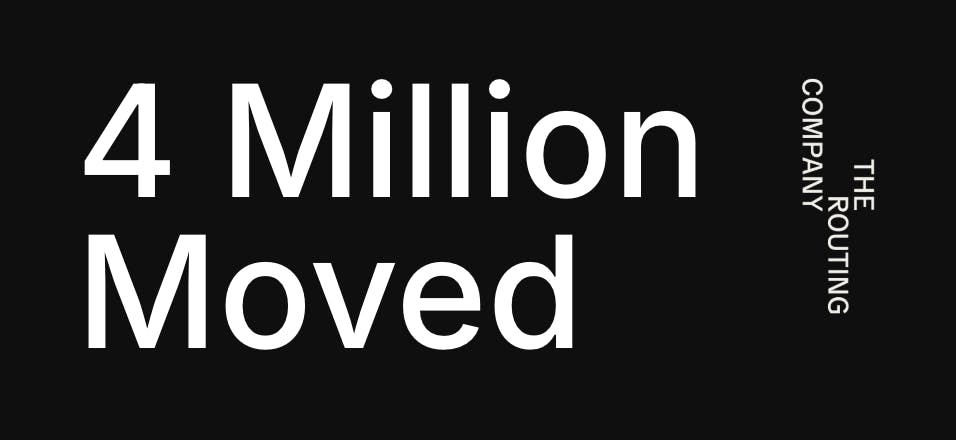
3 Proven Strategies from TRC to Secure Innovative Demand-Response Technology Funding
Every few months it seems like another transportation grant program announces funding - recent examples include the US Department of Transportation’s Tribal Transit Competitive Program and Strengthening Mobility and Revolutionizing Transportation (SMART) Grants Program or the UK Department for Transport’s Zero Emission Bus Regional Areas (ZEBRA) funding scheme.
But each program has its own nuances, eligibility criteria, and objectives. With application windows open for only a few months, it can be challenging to discover, plan for, and apply to these opportunities in time.
How do you make sure that your agency is prepared before the next grant opens up?
We’ve outlined three key steps for you to take now to be prepared for grant opportunities - no matter what they are. Read on to learn more.
Tell Your Community’s Story
- Local Impacts
Grant reviewers probably aren’t familiar with your community, so it’s important to share how your proposed project will address unmet local needs. This is important to do regardless of the grant, so begin preparing this information now. Underline how your agency provides a critical link to an entire region, highlight that on-demand transit will let your agency begin “going to people’s doors that didn’t have access before,” or that your agency is crucial for connecting customers to over 50 percent of the businesses in your area. - Social Impacts
Many competitive grant programs require grantees to show how they are improving social outcomes through the funding. In some cases, grantees will need to demonstrate how they are lifting up areas that have been historically underinvested in or how they are making smart investments in greener transportation alternatives to reduce carbon emissions. - Economic Impacts
Similarly, transit plays a crucial role connecting people to jobs and the economy, and some programs ask for evidence of how a grantee plans to enhance economic competitiveness or access to jobs. Since on-demand transit is a key tool to achieving all these outcomes, it’s an explicitly authorized solution in many programs and a potential solution in many others.
Get Stakeholders On-Board Early
To show how your project will benefit your community, make sure to get important stakeholders on the record supporting your project. Many elected officials and organizations have busy schedules and lengthy review processes before signing on to public statements of support. For example:
- If you want to deploy on-demand transit in a business improvement district and use a parking lot as a scheduled stop venue, ensure that the lot owner has submitted a letter to your agency stating they will support the project.
- If you aim to connect students to a university campus in your community, seek out a statement of support from the school.
- Hoping to connect a retirement home to a medical center? Ask your local elected officials to issue a letter explaining how important improved medical transportation is.
Getting support and feedback from important stakeholders early not only ensures you’ll meet grant deadlines, but it will reveal any potential weaknesses in your proposed project and ultimately strengthen your grant application.
Don’t Leave Cliffhangers
Cliffhangers may make for compelling movies and television shows, but government funding agencies want to know what will happen at the end of your project timeline - so don’t keep them in suspense!
Transit agencies need to adequately describe how pilots will grow into fully fledged programs once one-time grant funds are depleted. In parallel, pilot projects that don’t meet their goals can nonetheless demonstrate the advantages of an alternative service model.
Our team at TRC has decades of experience and can set appropriate expectations for your service plans and guide your agency so that your projects grow sustainably over time.
Contact us today at move@theroutingcompany.com to get started.


